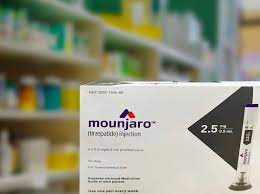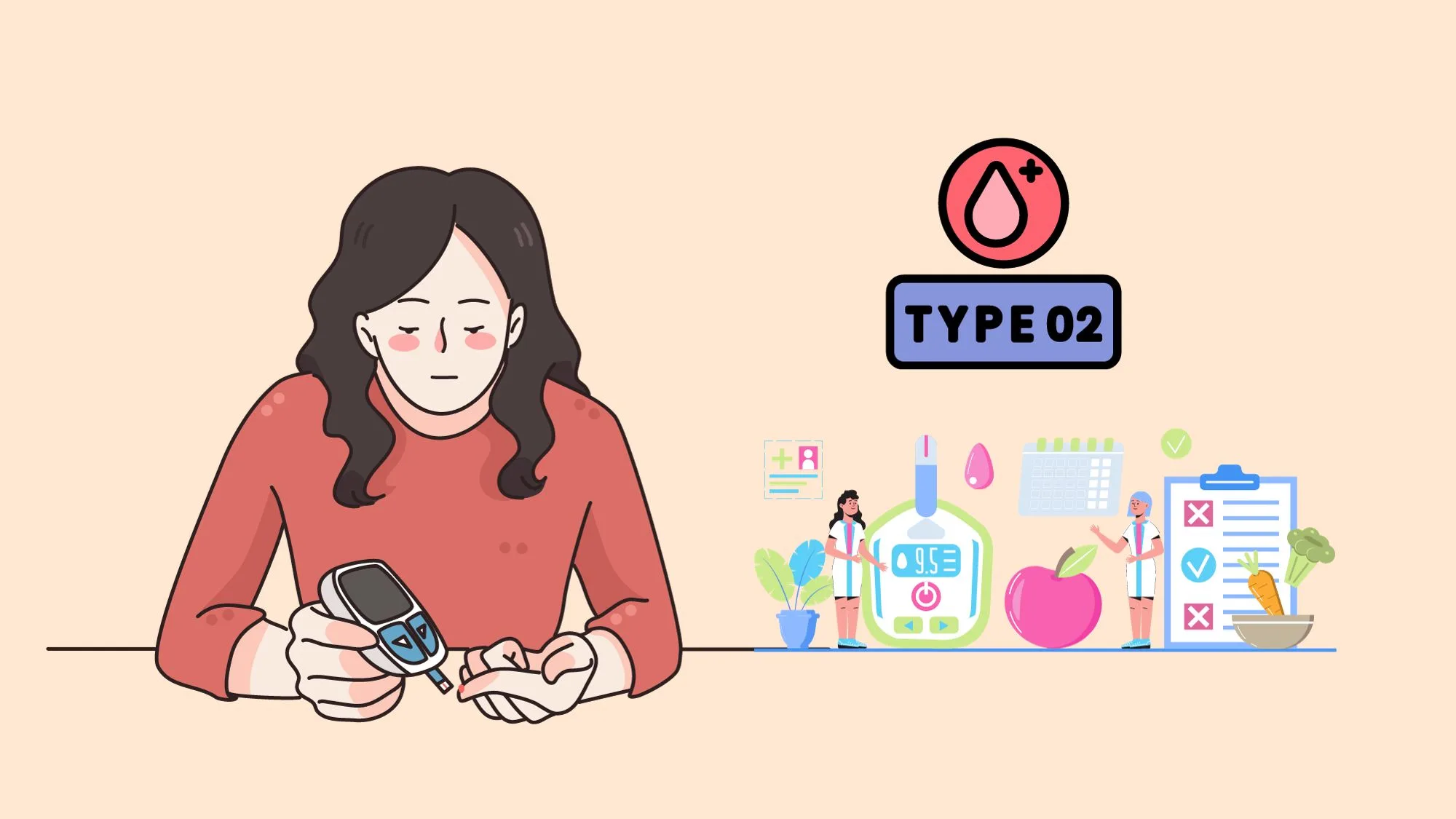Portion control is a great way to lose weight and help people with diabetes manage blood sugar levels. But we know it’s not easy because of the extra time to measure food or count calories. Well, Portions Master’s Portion Plate tool is designed to portion your meals and is claimed to make weight loss “easy as 1-2-3.” We did an in-depth review and looked at convenience, durability, and cost to see if it actually lives up to its claim.
Portions Master Portion Plate
Pros
- Easy way to portion control
- Lightweight and portable
- Easy to clean
- No need to buy new plates
Cons
- Some foods don’t fit well
Product Description
The Portion Plate by Portions Master (PM) is a portion control tool with compartments for vegetables, protein and carbohydrates. To use, simply put it on your plate and place food in the compartment.
The default portion sizes will fill half your plate with vegetables, and about a quarter of your plate each with carbohydrate and protein. Turning the dial makes the compartments smaller if you want to eat fewer calories, which you can set to ‘goal weights’ listed on the tool. But no matter if you adjust down or up, the vegetables section is always the large portion which helps with healthy eating.
It’s made of two-pieces of lightweight plastic. The blue piece has the portion sections and the gray piece is what turns to make the portion sizes smaller or bigger. And the two pieces are attached in the middle and come apart easily.
Portion Control and Weight Loss
So why do you need a tool to help portion meals? To put simply, weight loss is about creating a calorie deficit: eat less calories than your body needs, and the body starts using fat for energy. The idea behind portion control is to limit the amount of calories you eat so you create a calorie deficit that leads to weight loss.
Portion control is effective because most people eat more food than they actually need. The standard American meal is full of high-calorie processed ingredients with a large serving size.
But portion control can be hard to do. It often means measuring food, using a food scale, reading nutrition labels or calorie counting. The PM portion control tool is meant to solve all this by making portion control simple.
Our Experience with the Portion Plate
The DiaBettr team tested the Portions Master’s portion control plate with a few different dishes.
We wanted to see how the portion control tool worked with common ingredients and dishes that are easy to make. So we made baked chicken thigh for the protein section, white rice and corn for carbs, and steamed broccoli and cauliflower for vegetables.
What We Like
The first thing we really liked is that that the tool’s food group portion sizes match closely to the plate method for people with diabetes.
The American Diabetes Association recommended plate method for people with diabetes is to fill a 9-inch plate with 50% vegetables, 25% carbs and 25% protein. This is almost identical to the portion sizes used by PM portion control tool. And it even measures just at 9-inches just like the plate method.
Planning meals that work for diabetic meal patterns can be very hard. Not only do people with type 2 diabetes have to limit carbs but also have to limit calories because obesity is common with diabetes.
This tool is a great option for people with diabetes because it gives a healthy portion of veggies, carbs and protein, while keeping the carbs low to help lower or manage blood sugar levels.
Lightweight and Portable
The product is made of lightweight, BPA free plastic. It does feel slightly flimsy but we weren’t worried about it breaking. It has enough flex to help prevent it from cracking easily or breaking if you drop it on the floor (which we tried).
And because it’s lightweight, you can take it with you to restaurants or even vacations where it’s easy to overeat. This may sound a bit silly but if you’re serious about weight loss, bringing this portion control tool will help you stay on track wherever you go.
Easy to Use and Clean
The PM tool is very easy to use and clean. Each compartment is clearly labeled with each food group. The instructions on the packaging are easy to understand, though you don’t really need to read them because the product is so simple to use.
Cleaning is also super simple. It’s dishwasher safe and the compartments are big enough to clean by hand with no problem.
Use for Meal Planning
The PM plate is also great for prepping dishes ahead of time. For people with diabetes, meal planning is a great life hack to control carb intake for each meal.
Prepare a large batch of vegetables, protein and carbs, use the PM tool for proper food portions, then store. You can have pre-made meals for days, not worry about portion size, and save time during your week.
What We Don’t Like
One thing to be aware of is it may take extra time or prep to completely fit food in the portion sizes. You’ll likely have to slice or dice certain foods in order to fit into the physical dividers and make sure you’re getting the right amount of food.
For example, we made baked chicken thigh for our protein source but didn’t fit. The thigh didn’t fit not because the piece was too big but because the chicken bone was too long. So we had to de-bone the chicken thigh to make it fit.
Another example is with corn on the cob. We cut a piece to fit into the carb section but realized that we didn’t top the section with all corn, which means you’re getting less calories. So in this case we scraped off the corn until the compartment was full (see images below).
This not a huge problem but it does add time. Some foods will need to be cut in order to plate your food and you may have to plan dishes a bit more. It’s a little extra hassle but we didn’t expect PM to design their product to fit every type of food.
Portion Plate Competitors?
The PM Portion Plate seems to be a one-of-a-kind product. We searched online for a portion control tool, that’s adjustable, and can be used on any plate. But we couldn’t find a true competitor!
However, what you will find are portion control plates or divided plates with fixed compartments for carbs, vegetables and proteins (like the one’s below). These are fairly common, budget friendly, and made in plastic, ceramic and other materials.
But the downside is finding a portion control plate or divided plate with the portion sizes you want. Especially if you’re doing the diabetes plate method, the plate needs the correct portion sizes and has to be 9-inches. You’ll have to spend some time to find the right plate. And there’s also a chance of not finding the right plate and have to settle with the closest thing.
We also found that most portion plates simply don’t look very nice. These remind us of the plates in elementary school or plates for toddlers, something you wouldn’t want to use when eating with others.
Our Verdict
We give the Portions Master Portion Plate a score of 9/10! They claim it makes losing weight “as easy as 1-2-3” – and we mostly agree.
Counting calories, measuring or weighing food – all the hard things about portion control, the PM portion control plate tool makes easier. Simply place it on top of any plate, fill with food, and you’re done. You get the right portion sizes to lose weight and it promotes healthy eating habits. The price is also reasonable at just under $30. You can find fixed portion control plates at lower prices but none of those are adjustable and you’ll probably need to buy more than one plate.
The one downside with this portion control plate tool is it may take some extra prep time to make foods fit in the compartments. Be sure to factor in a few minutes extra to cut or dice up foods so you can fill the compartments fully.
Overall, we think the PM Portion Plate is a great tool to start working on your weight. You should still prep meals with healthy, minimally processed foods to see even better results. But just getting the right-sized portions on your plate is big step in the right direction that this tool makes super easy!










